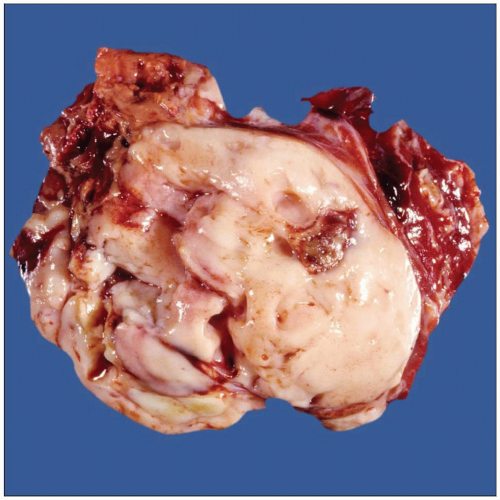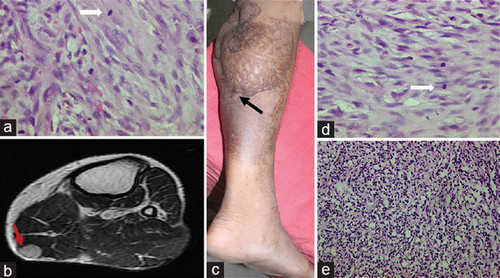
CT imaging determined the tumor had not spread to other parts of Cunningham’s body, and he underwent five weeks of radiation to shrink the mass. And I didn’t want to miss the backpacking trip.”Īlthough he delayed, he got to UAB and Siegel in time. “The pain was bad, but I thought I could tough it out. “I’m a hairdresser and on my feet all day,” he said.

They include familial adenomatous polyposis, retinoblastoma, neurofibromatosis type 1 and Li-Fraumeni syndrome.Ĭunningham admits that he is a typical male and tried to fight through the pain and swelling. Some rare, inherited genetic conditions are considered risk factors for soft-tissue sarcoma. There is a genetic predisposition however, it is not commonly thought to be hereditary. Siegel says the cause of spindle cell sarcoma is unknown. The critical specialties, including orthopedic oncologists, musculoskeletal radiology, plastic surgery, radiation oncology and medical oncology, can all be found at UAB.” “UAB is a sarcoma center and is the most experienced and comprehensive hospital in Alabama. “As in most cancers, the key to successful treatment of spindle cell sarcoma is to begin therapy as soon as possible at a center that has experience in the condition,” Siegel said. Guin had trained at UAB under Siegel, and knew UAB represented Cunningham’s best chance for a good outcome. They can cause loss of a leg or arm, and have about a 30 percent mortality rate in advanced stages. The Cunningham family, son Tristin, Sherie, JC and daughter Dara.Sarcomas can be quite serious. The American Cancer Society reports that about 13,000 new cases of soft-tissue sarcoma will be diagnosed in 2018. According to the National Cancer Institute, about 50 percent of soft-tissue sarcoma cases occur in the arms and legs, 40 percent occur in the back and chest, and 10 percent occur in the head and neck. Sarcomas can be found almost anywhere in the body. “Soft-tissue sarcomas are rare in adults, accounting for less than 1 percent of all new cases of cancer.” “Spindle cell sarcoma is a soft-tissue tumor that can start in the bone, often in the arms, legs or pelvis,” said Siegel, a professor in the Department of Orthopedic Surgery in the School of Medicine. A biopsy confirmed Guin’s suspicions of a sarcoma. Guin sent Cunningham to the man he calls “The Sarcoma King,” Herrick Siegel, M.D., an orthopedic surgeon at the University of Alabama at Birminghamwho has specialized in treating soft-tissue and bone cancer for more than 15 years. Guin suspected a tumor called a spindle cell sarcoma. Flanagan sent Cunningham straight to an orthopedic surgeon in Dothan, Patrick Guin, M.D. Until his hiking buddy, Michael Flanagan, M.D., got a look at it. Of course, as many people tend to do, I ignored it.”

“I developed a large bruise that just kept getting worse. “We were about to drop it, and it’s too expensive for that, so I braced it on my leg,” Cunningham said. The son started to lose his grip and Cunningham took the weight on his left leg. “My friend said my left leg looked like Earl Campbell’s, while the right one looked like a stick figure.”Ībout three months earlier, in March of 2017, Dothan native Cunningham and his teen-age son were removing a hard top from a Jeep. “My left leg had swelled up a good bit,” Cunningham recalled. His hiking partner - a physician - had other thoughts. Not that it stopped JC Cunningham from tackling a section of the Appalachian Trail near Wesser, North Carolina, last Memorial Day. JC Cunningham, left, and Michael Flanagan, M.D., on the trail.Backpacking is hard enough without a softball-sized tumor in your leg.


 0 kommentar(er)
0 kommentar(er)
